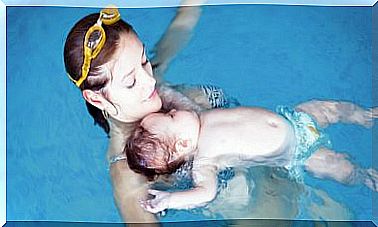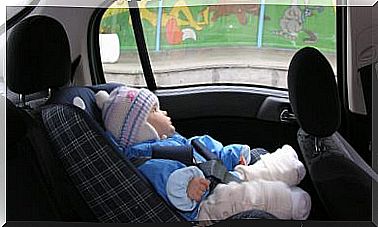Please, It Is Not Necessary To Cut The Umbilical Cord So Fast

Among the 10 points written by the WHO about perinatal care and respected delivery, the need to wait a few minutes before cutting the umbilical cord of the newborn is emphasized . There is no rush, because late clamping is life insurance, it is health and well-being for our children.
If we ask ourselves about the exact time we should wait, in reality, there are no studies that clarify it. Professionals know this because the umbilical cord acquires a whitish hue, a sign that it has already stopped “beating”, and this can happen after 3 minutes or after 20. Each delivery and each child is unique and different.
According to a work published in the “British Medical Journal”, clamping after 3 or 5 minutes offers multiple benefits for the child, especially because we guarantee that an adequate supply of iron comes from the maternal placenta. It is a biological bond that requires time and delicacy, therefore, there should be no rush, no rush to cut the umbilical cord.
Today in our space we want to give you more information about this important moment.
Don’t be separated so quickly: when to cut the umbilical cord
At the beginning, we pointed out that the appropriate time to clamp is when the cord has stopped “beating”. Well, by beating we mean that there comes a moment when the placenta has already transferred all the blood to the child through this link. It is then when it loses that intense violet hue to remain whitish, that is the magic moment in which the cut must be made.
Let’s see below more data on this need to adjust to the times.
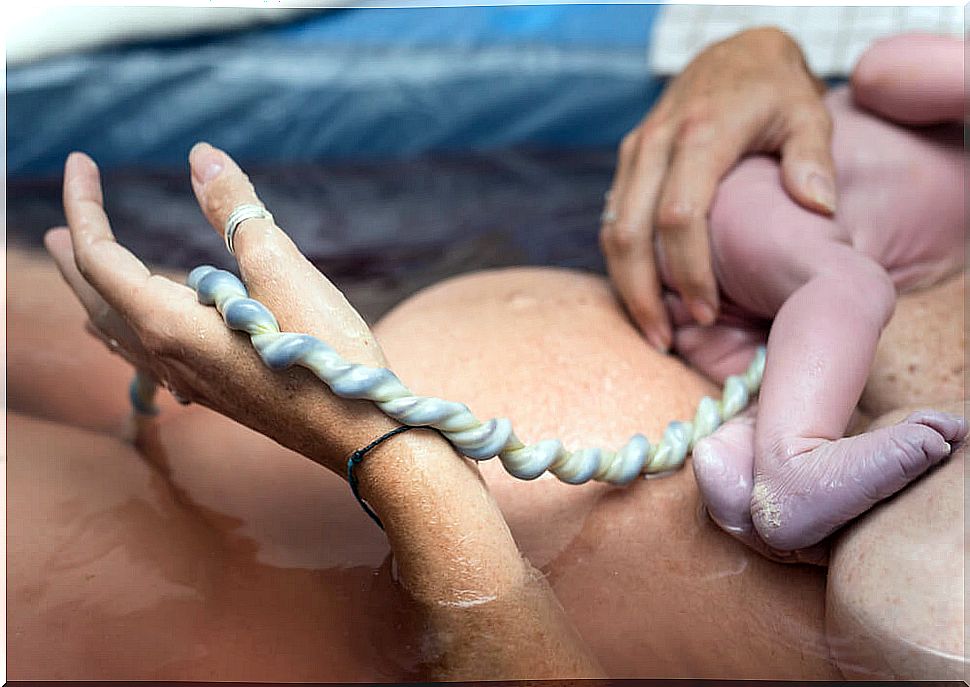
More iron, more health
In the study published in the same journal cited above, the “British Medical Journal” it was discovered that those children who had received a later clamping had a higher level of iron in their body. In this way, the neonates had a lower risk of suffering from anemia and matured more optimally.
The researchers showed that about 7% of babies have some deficiency in this mineral. With less iron, motor development is slower, and even the child’s cognitive maturity can be affected (attention span, memory, language acquisition …)
It is vital that babies during the first months have a good level of iron to mature in a healthier, more harmonious way.
Greater oxygen supply
The umbilical cord ends up collapsing on its own. Little by little, the placenta ends up providing that blood, those nutrients and that oxygen that the child needs to adapt to the world. As we already know, when a newborn is born his lungs still do not function 100%, and it is during those moments, in which the umbilical cord acts as an essential aid to allow adequate transit.
Now, if we cut the umbilical cord immediately after being born, we run the risk of causing a small anoxia, that is, we remove an oxygen supply that the cord itself is offering to our child.
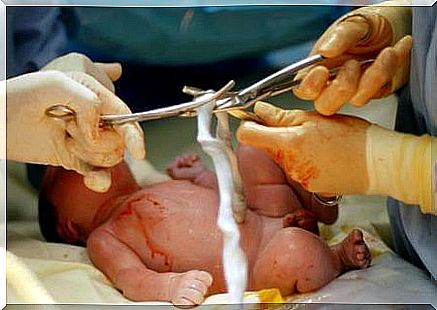
What happens if we take too long to clamp?
It is not the right thing to do. Nature has its times and you have to know how to observe them. When the umbilical cord has a whitish color, clamping must be performed.
Otherwise, we run the risk of the child suffering from a venous hematocrit, an excess of red blood cells, which will cause the baby to acquire a very intense blue color. It is a very dangerous thing that can cause serious side effects.
The umbilical cord, a wonderful structure
The umbilical cord is the link between the placenta and the baby. It is necessary to remember that the placenta belongs to the child, it is his “refuge” and the protective barrier that separates the child from his mother.
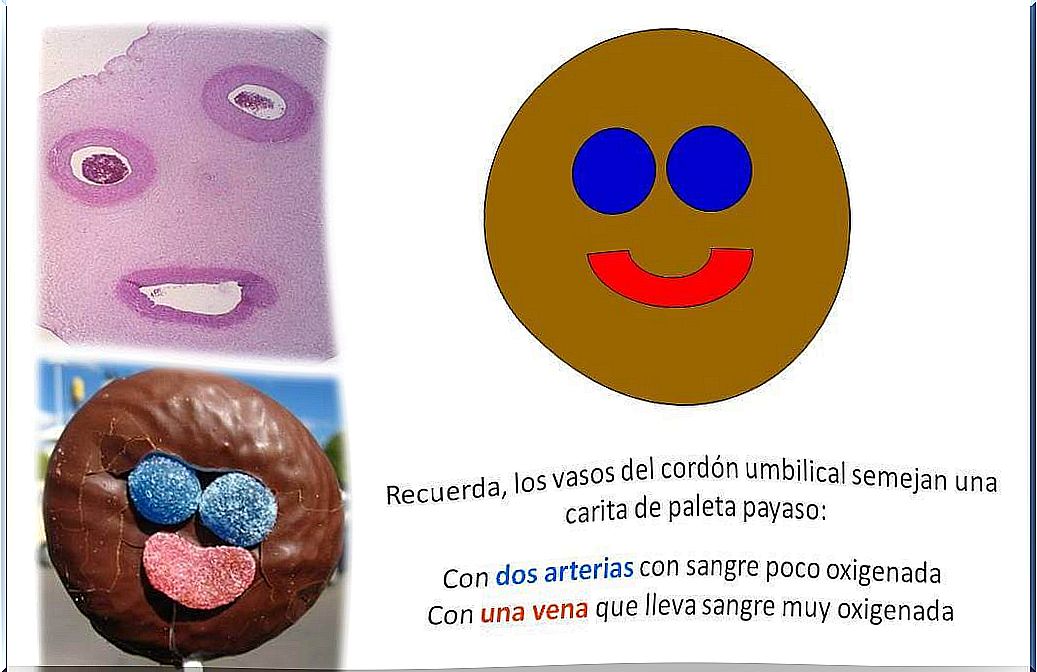
- The umbilical cord measures about 50 centimeters and inside, it has two arteries and a vein that allow blood flow between the placenta and the baby. In turn, these are covered by the so-called Wharton jelly that acts as a fine wrapper.
- This data is without a doubt amazing: the umbilical cord has its own heartbeat because they have a direct relationship with the fetal heart.
- Another important information is to remember that the fetus does not “breathe” on its own. Nor does he experience “hunger” while living in his mother’s womb. Everything that the fetus needs is provided by its mother, she who provides oxygen and nutrients through the blood that are later filtered through the placenta and led to the baby through the umbilical cord.
All this undoubtedly reveals to us the importance of not proceeding with rapid clamping after delivery. The cord continues to beat, it continues to provide nutrients and fulfills metabolic functions . Hospital protocols need to respect this time, just a few minutes before offering the child’s definitive independence from the placenta.
